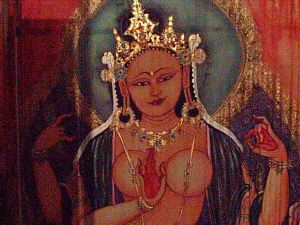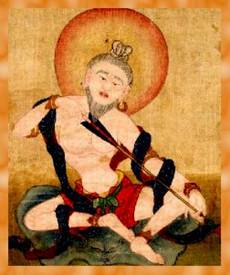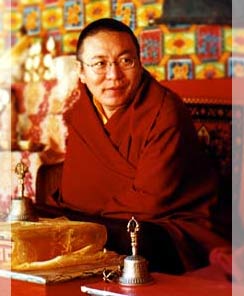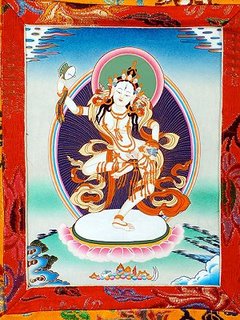Karma Kagyu Dharma Society, Kuala Lumpur
 but, I’m getting further and further behind!
but, I’m getting further and further behind!Each day there’s one or two events, and friends at the centre are sending me images and text across the world, via the internet, and I’m creating the pages and optimising the images, and posting the result. But the images are so fantastic it’s so hard to decide what to leave out! Each day I get about 4 or 500 images … and end up creating pages for 20-40 images ... each optimised for search engines, each optimised for download time, and each lovingly crafted to look their best, and share the joy of the Dharma and our glorious Kagyu lineage with any website visitors.
If I was sensible, I’d just put up a dozen images, then I’d be able to keep up with events. But I can’t! I want to share more than that … so I’m getting many days behind on events. Nevermind, I’ll get there in the end, and each event will appear on the site.
It’s seven years since Karmapa last visited the centre, and at that time I was living in Kuala Lumpur. It was a decisive time of my life, and meeting His Holiness was a profound experience. My eldest son took Refuge, as did I in the Kagyu lineage. The new centre has replaced the old one I knew so well, and what a delightful building it has turned out to be. So much care and loving attention has gone into every detail – it’s a joy to see.
The consecration ceremonies for the various statues took place more than a week ago, and it was extraordinary to see what went into the whole process. Every statue was filled with sacred and precious materials which had been prepared over a long period of weeks. The bases of the statues – the plinths they stood on were likewise filled. I never dreamed that so much was 'poured into' the material objects in this way:
Images of Consecration
anyway … in a sense I just wanted to convey my joy over these auspicious events taking place in Kuala Lumpur !
sometimes what you write isn’t what you expected to write before you started!
May all beings share in the joy of the pure Dharma teachings ….
Chodpa







